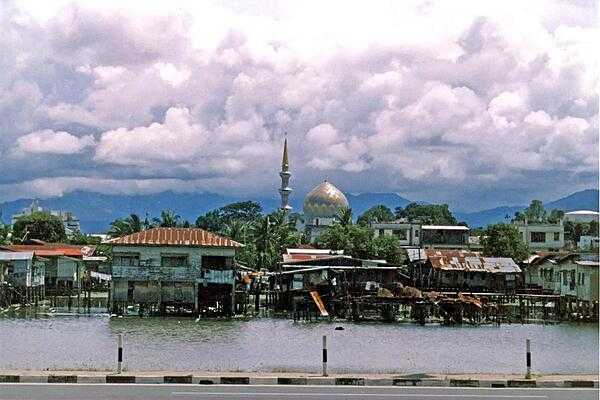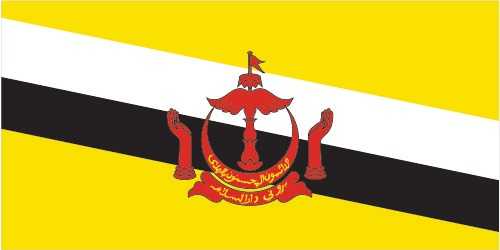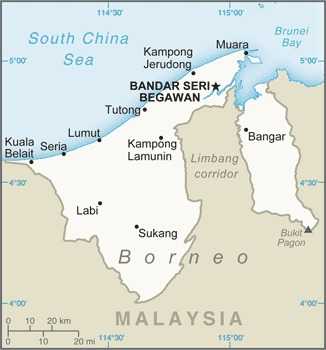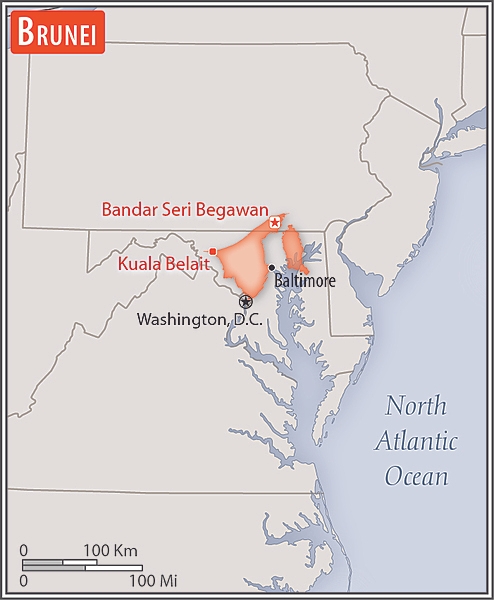Introduction
Visit the Definitions and Notes page to view a description of each topic.
Geography
People and Society
Population
comparison rankings: total 173; male 173; female 173
Languages
Median age
comparison ranking: total 117
Population growth rate
comparison ranking: 71
Birth rate
comparison ranking: 101
Death rate
comparison ranking: 218
Net migration rate
comparison ranking: 48
Maternal mortality ratio
comparison ranking: 109
Infant mortality rate
comparison ranking: total 132
Life expectancy at birth
comparison ranking: total population 71
Total fertility rate
comparison ranking: 153
Obesity - adult prevalence rate
comparison ranking: 129
Alcohol consumption per capita
comparison ranking: total 157
Tobacco use
comparison ranking: total 93
Education expenditure
comparison ranking: Education expenditure (% GDP) 87
Environment
Carbon dioxide emissions
comparison ranking: total emissions 104
Government
Economy
Real GDP (purchasing power parity)
comparison ranking: 140
Real GDP growth rate
comparison ranking: 66
Real GDP per capita
comparison ranking: 11
Inflation rate (consumer prices)
comparison ranking: 4
GDP - composition, by sector of origin
comparison rankings: agriculture 171; industry 3; services 195
Industrial production growth rate
comparison ranking: 34
Labor force
comparison ranking: 175
Unemployment rate
comparison ranking: 92
Youth unemployment rate (ages 15-24)
comparison ranking: total 61
Public debt
comparison ranking: 199
Current account balance
comparison ranking: 45
Reserves of foreign exchange and gold
comparison ranking: 105
Energy
Electricity
comparison rankings: installed generating capacity 136; consumption 130; transmission/distribution losses 81
Energy consumption per capita
comparison ranking: 5
Communications
Telephones - fixed lines
comparison ranking: total subscriptions 131
Telephones - mobile cellular
comparison ranking: total subscriptions 174
Broadband - fixed subscriptions
comparison ranking: total 137
Transportation
Merchant marine
comparison ranking: total 90





